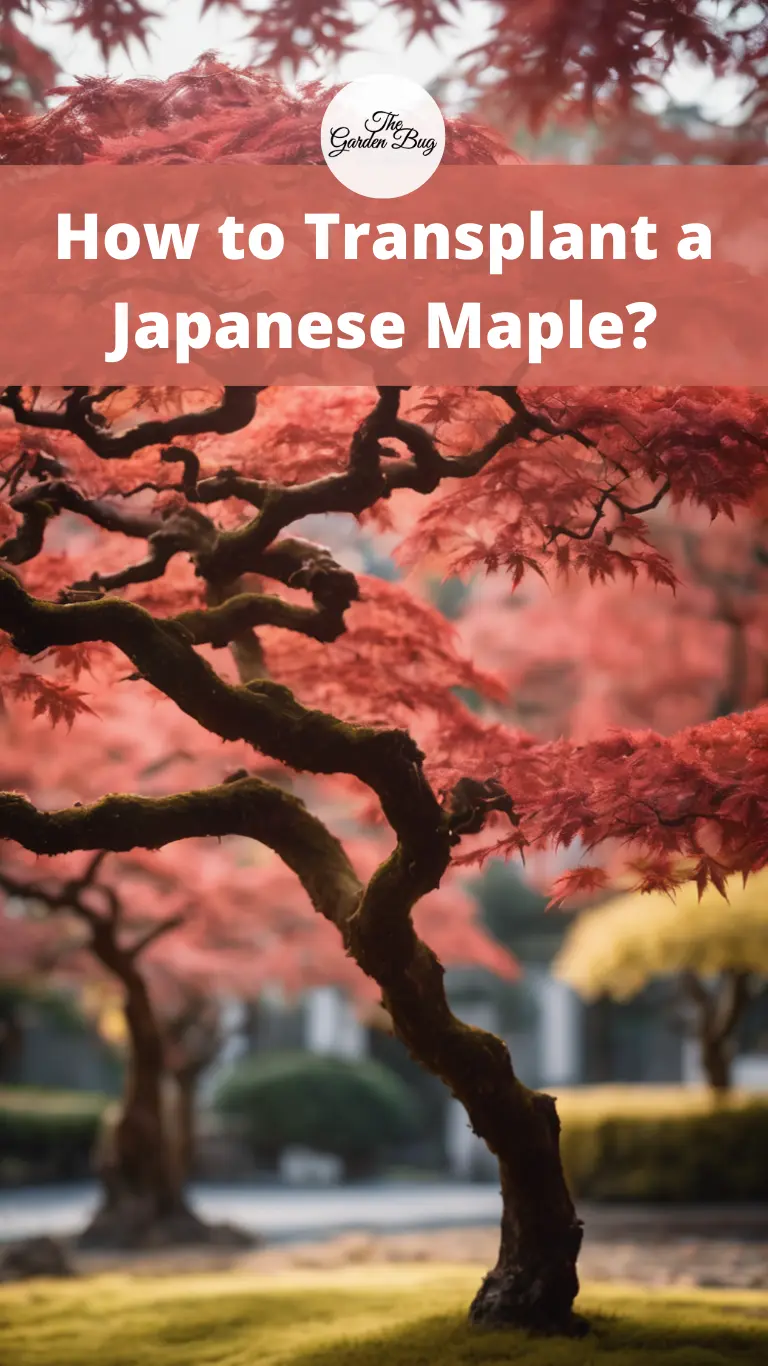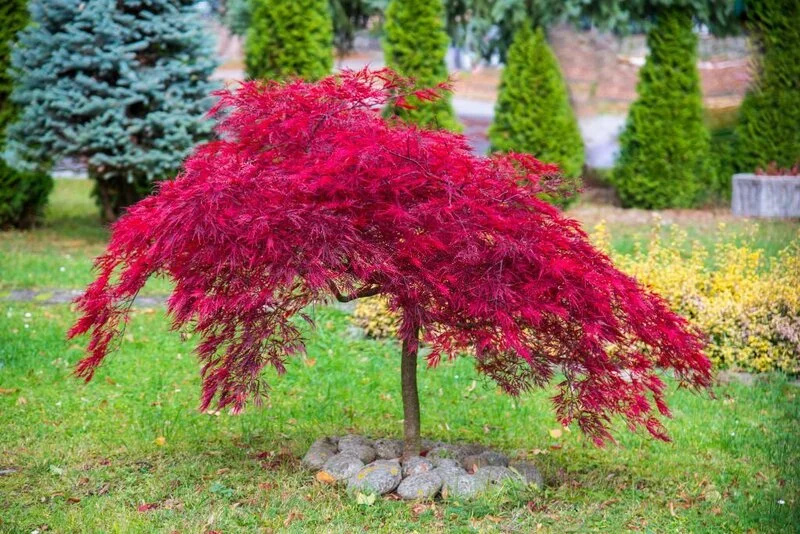Welcome to the world of Japanese maples! These enchanting trees are known for their vibrant foliage and graceful presence in the garden. If you’ve been eyeing a Japanese maple and are eager to bring its beauty to a new location, you’re in the right place. In this short and simple guide, we’ll walk you through the process of transplanting a Japanese maple, ensuring a smooth and successful relocation. So, let’s dive in and learn how to give your Japanese maple a fresh start in its new home!
Choose the Right Time
Timing is everything when it comes to transplanting a Japanese maple. Choose the right time to give your tree the best chance of success. Aim for the tree’s dormant season, typically in late winter or early spring. During this period, the tree is less actively growing, making it easier to transplant without causing too much stress. So, wait for the perfect moment to ensure a smooth transition for your beloved Japanese maple.
Prepare the New Location
Before you transplant your Japanese maple, it’s important to prepare its new home. Find a suitable location that provides the right conditions for the tree to thrive. Consider factors like sunlight exposure and soil quality. Japanese maples prefer well-draining soil, so ensure the new spot has good drainage to prevent waterlogged roots. Take your time to create the perfect environment for your tree to flourish.
Digging Up the Japanese Maple
Now comes the exciting part—digging up your Japanese maple! Begin by carefully digging around the tree’s root zone. Start at a distance from the trunk, using a sharp shovel or spade to minimize root damage. Remember to dig wide and shallow to preserve as many roots as possible. Treat the roots with care as you gently lift the tree from its current spot. Take your time and give your Japanese maple the gentle touch it deserves.
With these steps, you’re on your way to successfully transplanting your Japanese maple. Keep reading to learn how to complete the process and provide the best care for your tree. You’re just a few steps away from creating a beautiful new home for your beloved Japanese maple.
- BRIGHT COLORS — Shades of Red, Orange, & Green During Spring, Summer, and Fall Seasons
- MODERATE GROWTH RATE — See Heights of 1-2 Feet per Year
- IMPROVE YOUR GARDEN & LAWN — Topiary Tree for Outdoor In Ground Growth or Patio Containers
- COLD HARDY — Grow Across the USA in Planting Zone 5-9
- ESTABLISHED FOR PLANTING — Not Starter Plants or Seedlings, Already Rooted for Transplant in a 1 Gal. Pot
Transplanting the Japanese Maple
It’s time to give your Japanese maple a fresh start in its new location! Carefully lower the tree into the prepared planting hole, ensuring it is centered and at the same depth as before. Gently backfill the hole with soil, patting it down to eliminate any air pockets. Take your time and provide the tree with a smooth transition to its new home. With each careful step, you’re ensuring the best chance for your Japanese maple to thrive.
Watering and Care
Now that your Japanese maple is happily settled in its new spot, it’s time to give it some love and care. Water the tree thoroughly to help it establish its roots. Be mindful of regular watering during the first growing season to ensure proper hydration. Consider mulching around the tree to retain moisture and regulate the temperature of the soil. Treat your Japanese maple with the attention it deserves, and it will reward you with its stunning beauty for years to come.
Conclusion
Congratulations on successfully transplanting your Japanese maple! By choosing the right time, preparing the new location, and carefully digging up and transplanting the tree, you’ve given it a new lease on life. Remember to provide proper watering and care, allowing the tree to establish its roots and flourish in its new home. With patience and dedication, your Japanese maple will reward you with its vibrant foliage and elegant presence in your garden. Enjoy the beauty and serenity it brings, knowing you’ve created a wonderful new space for your cherished Japanese maple.






